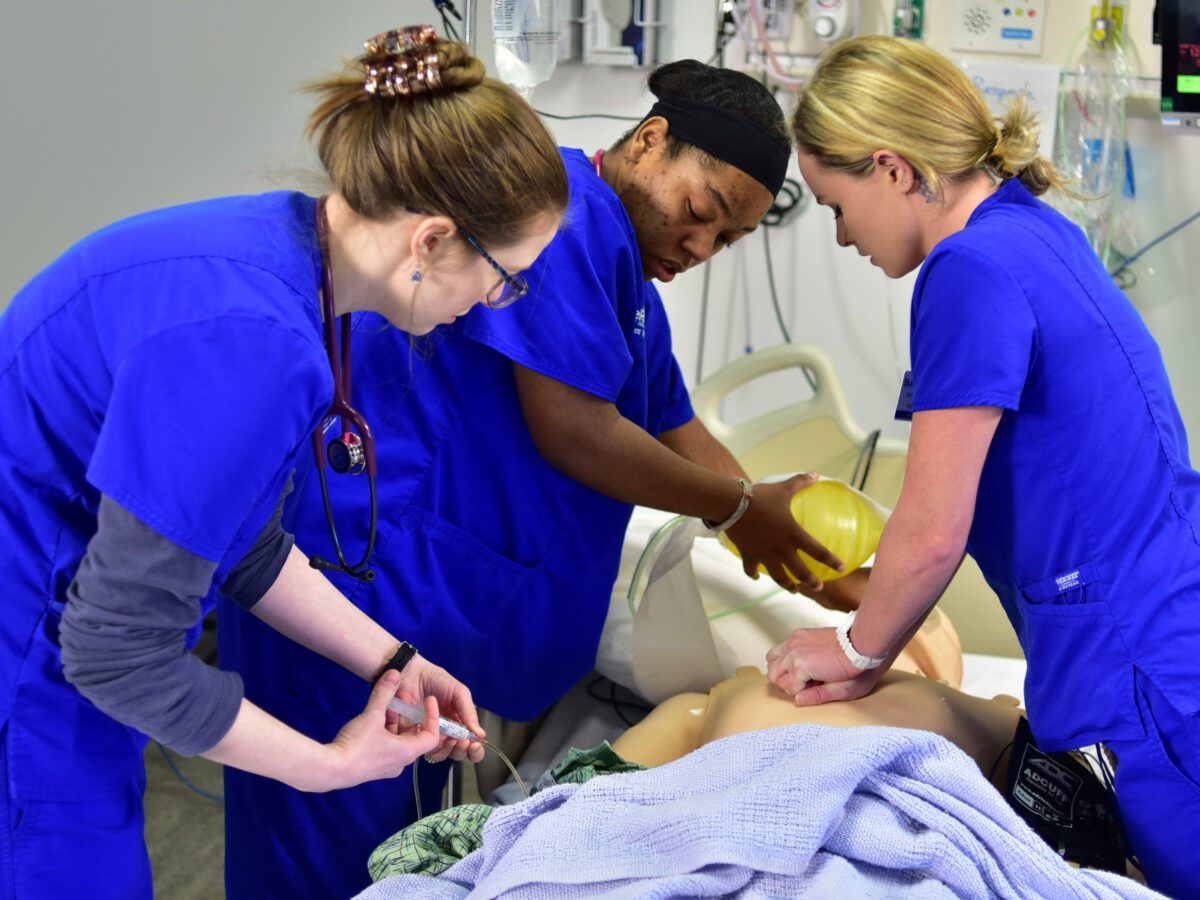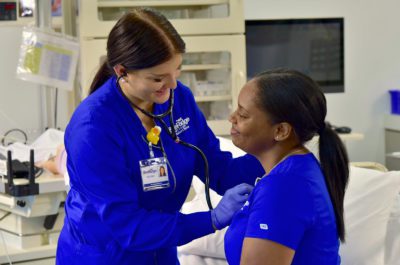
|
|
I recently attended “The State of Educational Attainment in North Carolina,” an event hosted by myFutureNC that provided a status report on the educational attainment goal of 2 million North Carolinians ages 25-44 possessing a high-quality credential or postsecondary degree by 2030. As I sat in the audience among countless leaders from across our great state listening to myFutureNC CEO and President Cecilia Holden provide a sobering yet optimistic update to us, the significance of the goal and how far we have to go in order to reach it was palpable.
I also sensed determination among my colleagues and our partners, fueled by a shared vision and sense of purpose. We have work to do. We are currently 31,000 skilled workers behind where the state needs to be to stay on track to meet the goal. But, we are aligned and united in our efforts and committed to helping more students and engaging adult learners. And what’s more, we know what it takes to get there — collaboration.
As Holden noted in her remarks that day, “This statewide challenge cannot be solved by one group or person. It will take all of us working together.”
Like others across the state, Blue Ridge Community College understands what it means to work together. We apply intentional alignment to our collaborations and partnerships, working to understand the growing sectors that have jobs yet lack trained workers to fill them.
We should all continue to tap into the expertise found in our advisory committees — committees made up of members from local businesses and industries that are aligned with each program of study. Even though the advisory committee model is a requirement for all community colleges in the system, their ultimate value depends on our ability to ask intentional questions that drive curricula, apprenticeships, and internships in a way that will forecast trends and meet workforce needs.
Many of us in the community college world speak a unique language, one that isn’t as relevant to our end users and primary audiences of our students and local employers. Neither the employer nor the student truly cares whether their training or degree is through Curriculum (CU) or Continuing Education/Workforce Education & Training (CE). It’s a bit like the restaurant world with its front-of-house and back-of-house distinctions. Both are very important in the operations of that business, but to the consumer (the diner), they just want a good meal and a pleasant experience at an affordable price. Overly distinguishing between Curriculum and Continuing Education in our communications and recruitment efforts with either the student or our partners only serves to confuse. Let’s remove those barriers to understanding and instead simply offer solutions.
Blue Ridge Community College has built a bridge between the two options, whereby coursework within Curriculum can be delivered via Continuing Education in support of a working professional or adult learner who only needs one facet in a program to complete their training or advance their career. When developing any program, Blue Ridge incorporates applicable industry-recognized certifications, resulting in a more marketable student upon successful completion. Additionally, classes taught through Continuing Education are delivered with the same rigor and course outcomes as those taught in Curriculum. This enables students to receive Curriculum credit for classes taken through Continuing Education should they want to pursue a certificate, diploma, or degree.
We’ve also found success in implementing “stackable” programs and credentials. In other words, we have reformatted our courses and programs to support adult learners who are balancing a lot yet want to advance their careers. They are able to take classes over a shorter period of time that equate to building blocks within a larger program. This “short-term training” approach allows individuals to achieve success quickly, with the option to return in the future to build upon what they have already completed. To make it easy for our students to see their short-term options, we created a quick reference handout and webpage that outlines workforce training programs they can complete in less than one month, three months, and six months.
To ensure alignment with local industry and business partners, we intentionally incorporate industry-specific credentials and third-party credentials into our programs to allow students to quickly gain competencies that are critical to an occupation or sector, resulting in greater marketability within their current organization or for a future career opportunity.
Educational attainment on such a grand scale is an effort that unites us all. Thankfully, community colleges have a history of garnering the broad support needed that will continue to propel us toward our shared goal.





